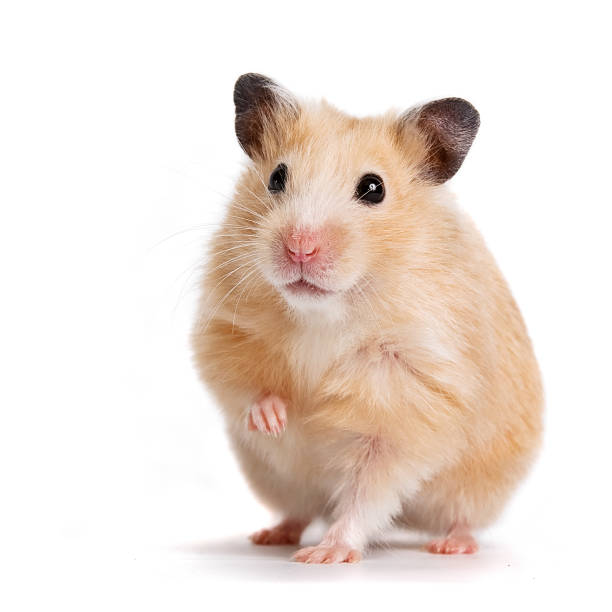Decoding the Curious World of Hamster Behavior
Introduction: Hamsters, often considered ideal pets for children, are fascinating creatures with a captivating array of behaviors unique to their species. This article delves into the intriguing world of hamster behavior, shedding light on why they exhibit certain actions and what these mean in the context of their natural instincts.

The History and Natural Instincts of Hamsters
Originally from Syria, hamsters were primarily nocturnal creatures that lived in burrows to escape predators and harsh weather. Their unique behaviors such as hoarding food and running on wheels are rooted in their natural instincts. Historically, they would forage for food at night and store it in their burrows, which is why domesticated hamsters still stuff their cheeks full of food. Similarly, the wheel running simulates the long distances they would cover in the wild while searching for food.
Understanding Hamster Behavior Today
Despite being domesticated, hamsters still exhibit many instinctual behaviors. For example, their tendency to nibble or bite is a defensive mechanism, usually triggered when they feel threatened or stressed. Constant chewing also helps them keep their continuously growing teeth in check.
The World Behind Hamster Grooming
Hamsters are known for their grooming habits. They regularly clean themselves to remove any scents that might attract predators. This behavior also helps them stay healthy by preventing skin diseases. If a hamster is spotted grooming more than usual, it might be a sign of stress or discomfort and could warrant a vet visit.
Hamster Behaviors and their Significance
It’s essential for hamster owners to understand and respect their pet’s behaviors. For instance, hamsters are solitary animals and can be territorial. Hence, they should ideally be housed individually. Also, since they’re nocturnal, they might not appreciate being disturbed during the day. Understanding these behaviors can help foster a better bond between the owner and the pet.
Market Impact of Hamster Related Products
The pet market has adapted to cater to the unique needs of hamsters. Hamster wheels, for instance, are a direct response to their instinctual need to run long distances. These products usually range from $10 to $50. Similarly, chew toys, priced around $5 to $20, cater to their need to keep their teeth in check.
In conclusion, understanding hamster behavior can provide valuable insights into their needs and well-being. By recognizing and respecting these behaviors, owners can ensure their pet hamsters lead happy, healthy lives.





